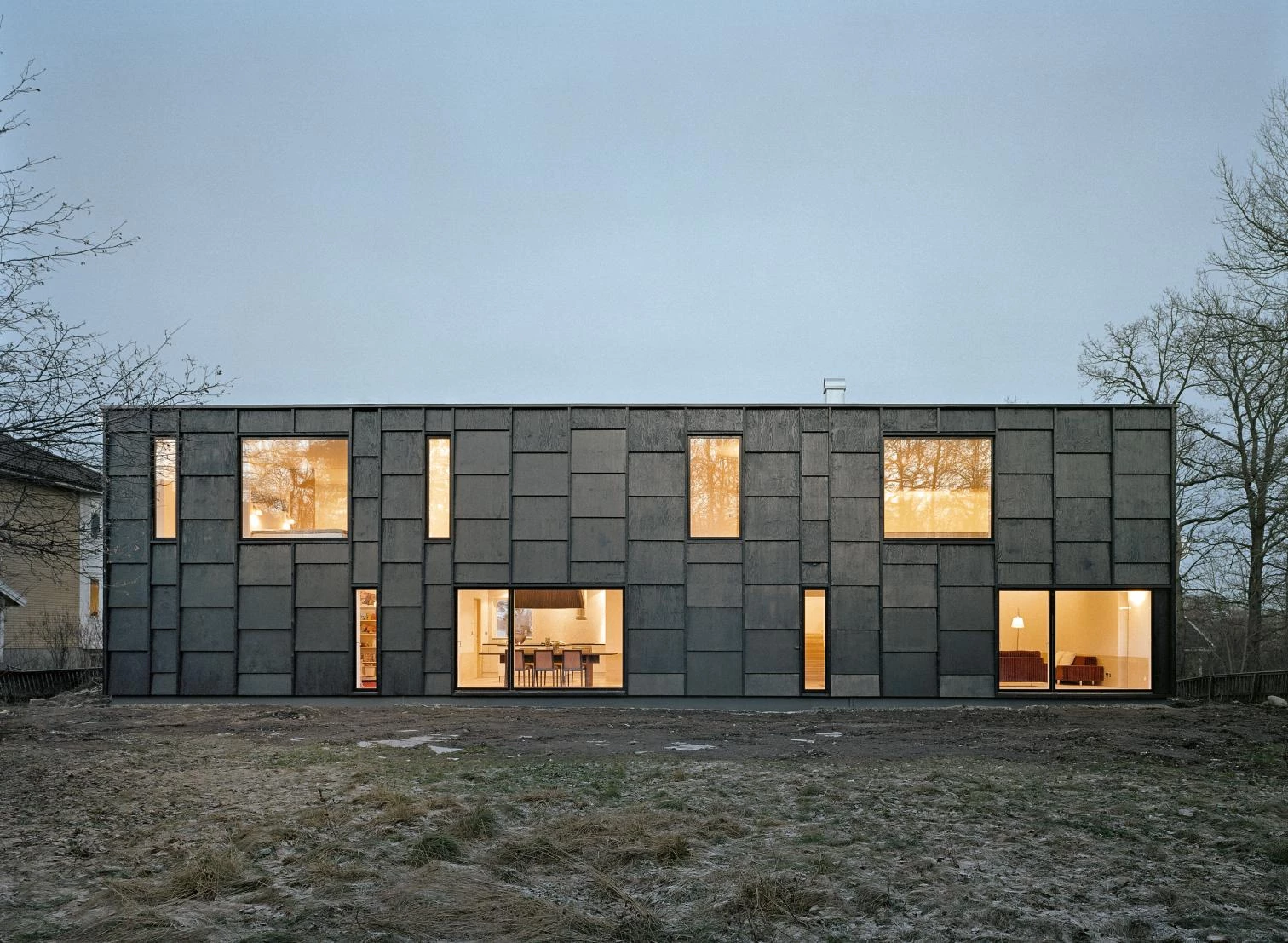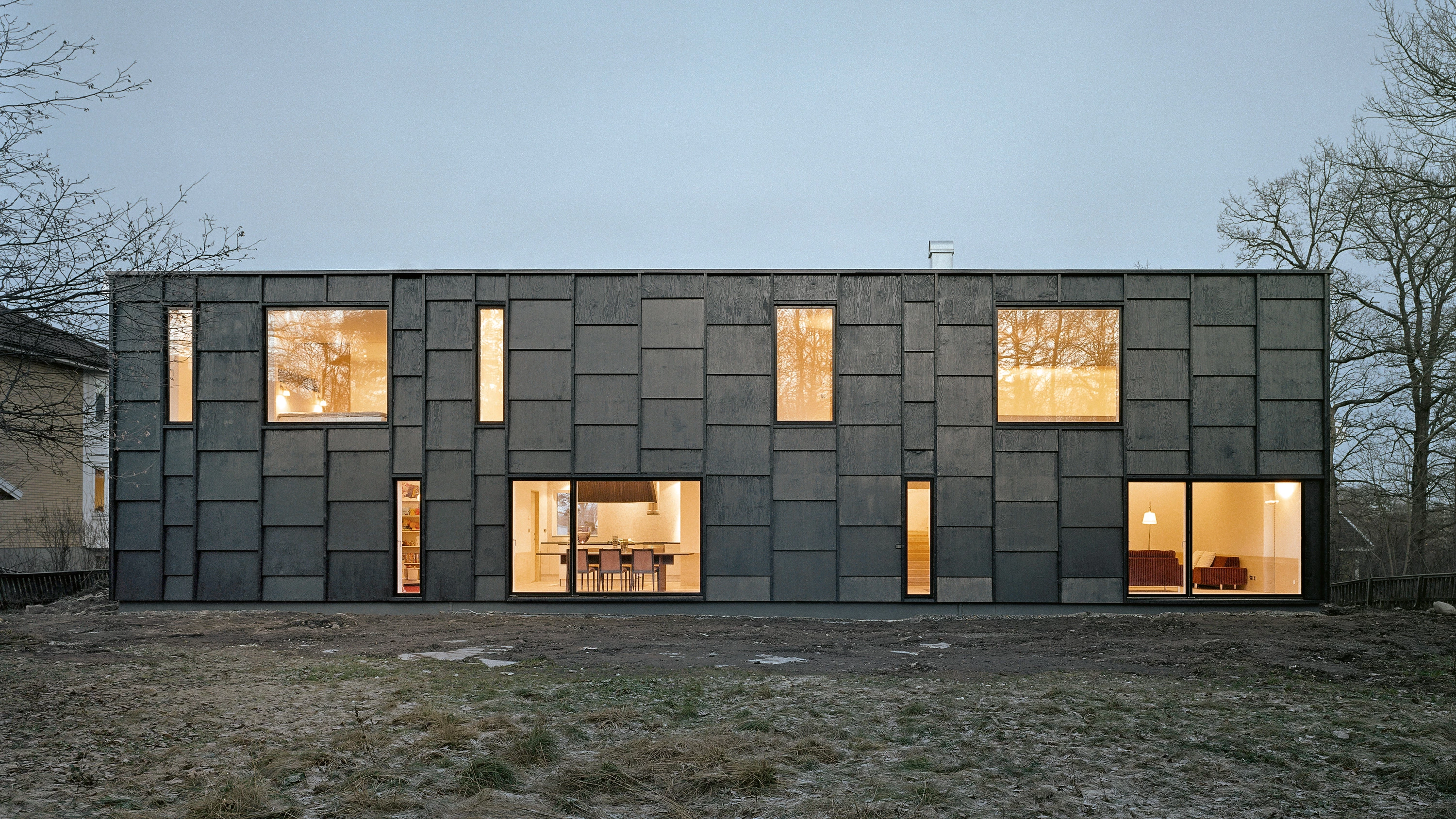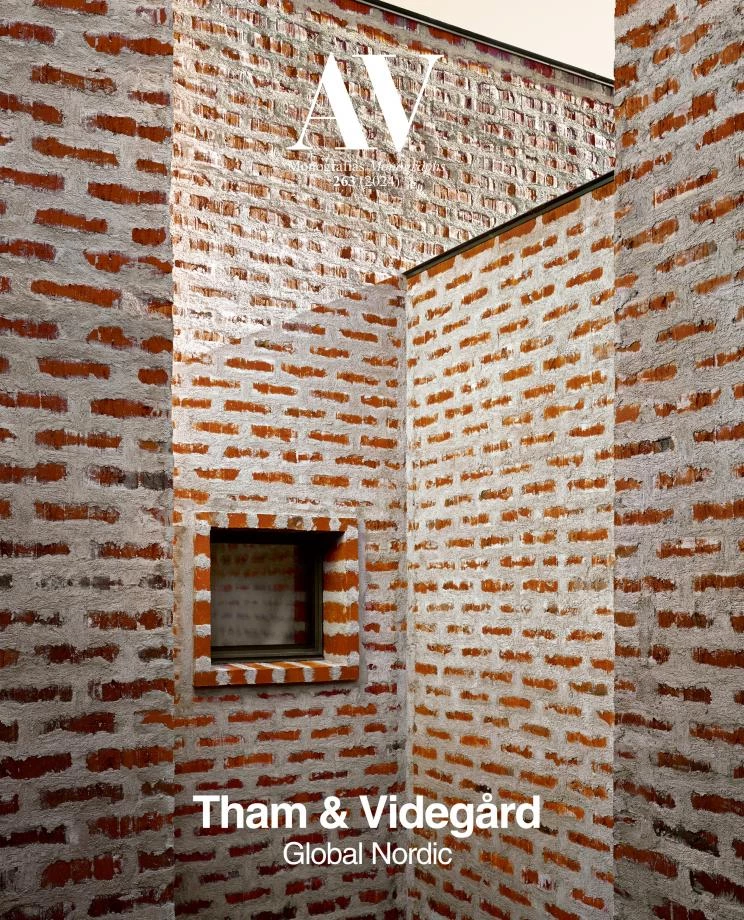
Tham & Videgård, K House, 2004-2005, Estockholm
There are two possible descriptions for the work of an architect; one description refers to the work as a practice and the other to the work as a building, or a series of buildings. In opposition to curators, historians or architectural critics’ common belief, the ultimate critical response to the work of an architect is the work of another architect. Architects make worlds through one building after another, one by one, each one in relation to all the others, at least in an imaginary expanded field.
Literally and figuratively, one building from the past can be corrected, improved or even refuted by a new building. Like any other work of art, art movement or idiosyncratic belief, thinking a building for the upcoming future presupposes a blind acceptance of its unknowable circumstances, of what its active life will become, of its ‘actuality.’ Accordingly, the illusion of anticipation, or the prediction of a state of affairs, which lies at the very core of an architectural projection (i.e. the project of a building), implies a tacit agreement with its expected success while also endorsing its potential failure and condemnation...[+]






